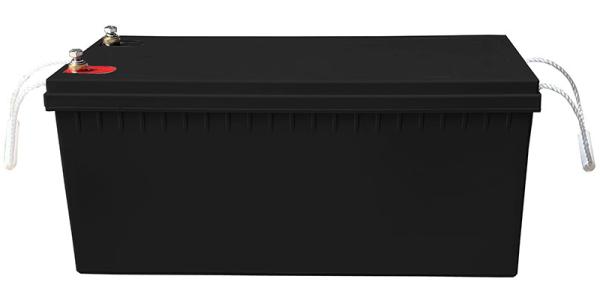Company Profile
Jiangsu Shenghuang New Energy Technology Co., Ltd, is located in
Wuxi Liangxi district Jinshan North Science and Technology
Industrial Park, is a commitment to wind generators, solar
monitoring system, wind and solar complementary monitoring system,
photovoltaic system, wind and solar hybrid controller,
inverter, Gel battery, Lithium Battery Development and integrated
application of green energy-saving and environmental protection
technology enterprises.
Focus on the development of solar power, wind-solar power
generation system integration, a breakthrough product design
concept and rational and scientific application. The company's
business scope includes: Solar Energy Monitoring System, wind and
Light Complementary Monitoring System, On Grid and off-grid
system development, consulting, design, construction, supervision
and EPCM. The business consists of wind and solar complementary
monitoring system, Wind Turbine Grid and off-grid system, PV system
equipment design, development, procurement, complete sets,
installation, commissioning and PV systems engineering project
construction and operation.
Business philosophy
Jiangsu Shenghuang New Energy has been adhering to the
"integrity-based Heart Service" business philosophy of cooperation,
and customers to work together, unremitting efforts, establish an
open mind, set up cooperative win-win strategy, integrate all the
available resources of the company to provide more support and help
to the partners, share the successful marketing experience and
marketing strategy with the partners, let the customers get more
and more market resources.
Jiangsu Shenghuang New Energy Technology Co., Ltd. will continue to
make efforts, with constant innovation as the core, strengthen the
construction of the personnel team, combine all resources, and
strive to become the most complete seclurity system integrated
supplier and engineering service provider in the country.








